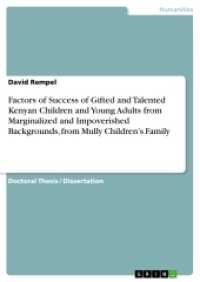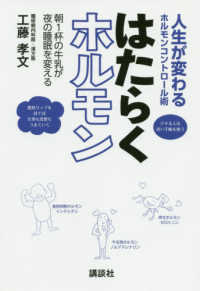Full Description
The first dual language instruction book to focus on a non-alphabetical language, Mandarin Chinese.
This book discusses multiple aspects of Chinese dual language immersion (DLI) programs, with a focus on the controversial Utah model. The first part of the book focuses on the parents, teachers, and school administrators. It looks at the perceptions of the three groups toward the Utah model, how they build a supportive DLI classroom with an emphasis on teacher-teacher and teacher-parent communication, and how the teachers position themselves in teaching through their teacher identities.
The second part of the book emphasizes classroom research and explores teaching and learning strategies, corrective feedback and learner uptake and repair, translanguaging in authentic teacher-student interaction, and Chinese-character teaching.
As the first DLI book to include a non-alphabetical language, Chinese, it addresses the need for more research on DLI programs of languages other than Spanish. The book will benefit not only Chinese DLI educators and administrators in the US, but will also offer some useful suggestions and thoughts to educators and administrators of similar programs worldwide.
Contents
Introduction
Benefits, Challenges, and Suggestions: Voices from Teachers and Administrators
Benefits, Challenges, and Suggestions: Voices from Parents
Exploring Chinese DLI Teachers' Identities
Creating an Effective and Supportive Dual Language Classroom
Language Teaching and Learning Strategies Employed in a First-year Chinese Dual Language Immersion Classroom
Applying the Concept of Chunking in Teaching and Learning Chinese Characters
Oral Interactions between Teacher and Students: Corrective Feedback, Learner-uptake, and Learner-repair
Translanguaging: A Documentation of how Emergent Bilinguals use Translanguaging in their Daily Communication
Conclusion







